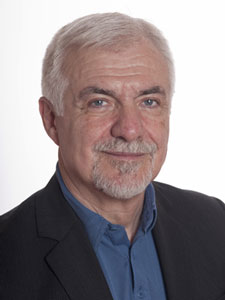
Obituary of Nimblegen
We spent a large part of our life in biology using Nimblegen’s arrays (only a small subset here - link, link, link, link) and therefore was saddened to hear about the closure of Nimblegen array business.
Roche NimbleGen to Quit Array Market, Lay off Majority of Staff, Close European Facilities
Roche has decided to shutter its NimbleGen microarray business, and will phase out array production and services by the end of the year. At the same time, the firm will continue to provide target enrichment products for use with next-generation sequencing, a spokesperson confirmed last week.
As part of the restructuring, most current Roche NimbleGen employees will lose their jobs. The spokesperson told BioArray News that 44 out of the company’s 100 staffers at its headquarters in Madison, Wis., will be laid off by year end, while all 76 positions at the company’s facilities in Iceland and Germany will be eliminated.
Nimblegen’s technology was very innovative, but its biggest obstacle was not technological superiority, but boneheaded business execution by Affymetrix. Ideally Nimblegen could fit within Affymetrix and form a strong competition against the sequencing world. Instead, Affymetrix thought that the arrays would not ever have any competition and decided to fight Nimblegen on patent front. So, Nimblegen set up facility in Iceland (outside US/EU patent jurisdiction) and ran experiments from there.

The saddest part of Nimblegen saga was not the shutdown of array business, but the untimely passing away of Franco Cerrina, who created the technology in his lab. Dr. Cerrina was a very innovative professor, who was always testing one or other new idea. Apparently, on his fateful day, he was testing a new device for medical diagnosis and got electrocuted by trying it on himself in an empty lab on a Saturday morning. Few months before he passed away, we were discussing about a table-top ‘personalized’ array instrument that he built, which could cut down array cost to $5-$10/chip (with 1 million feature) and bring the technology to every lab. That could have changed the competitive picture for NGS.